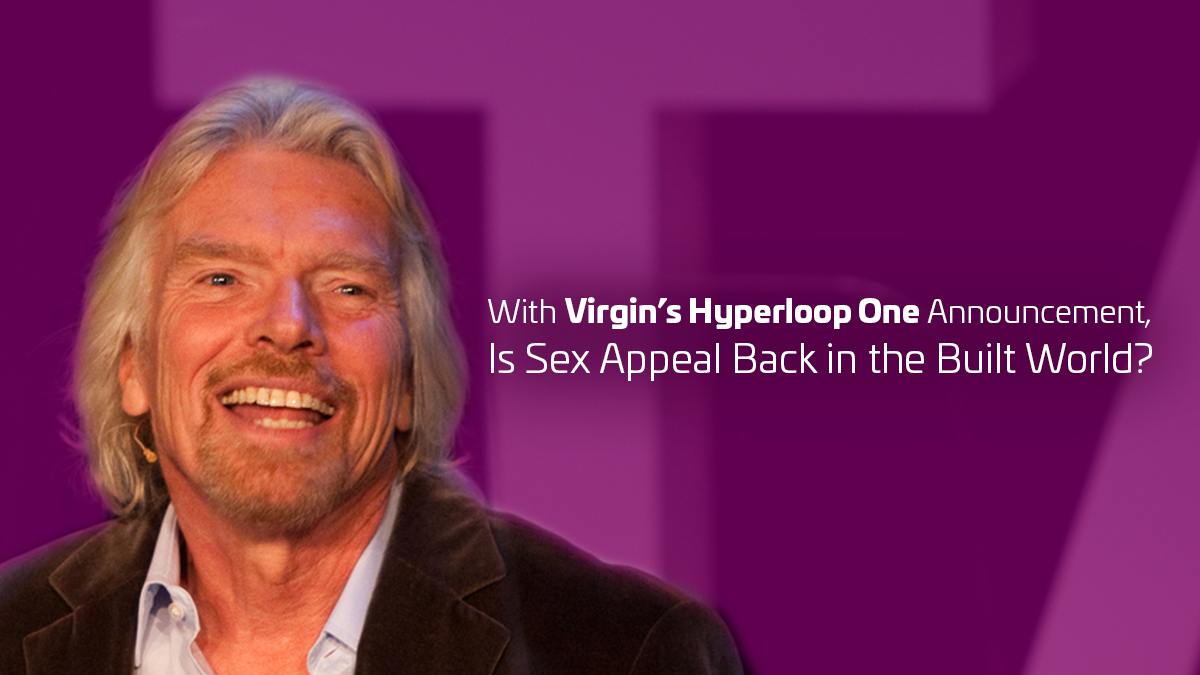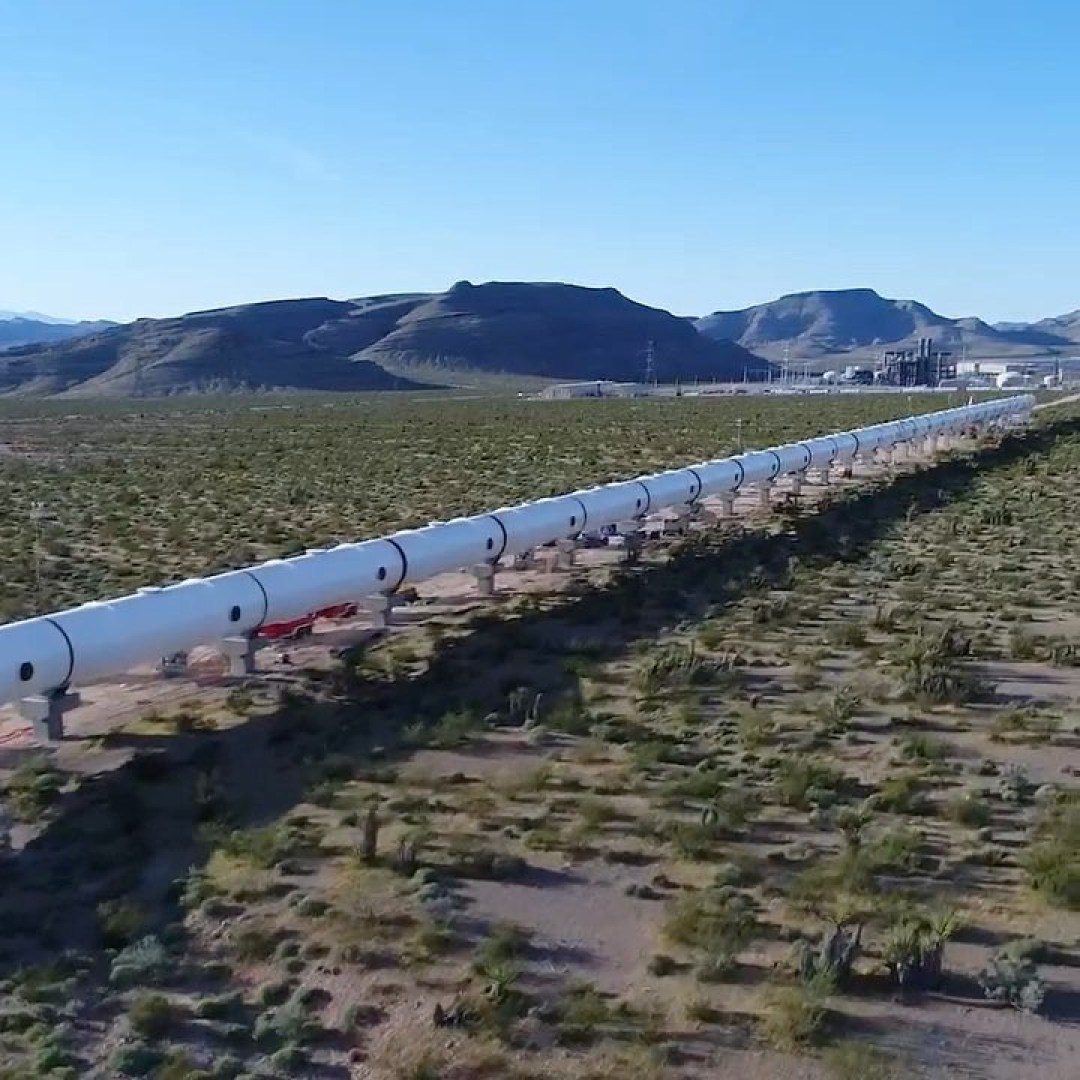
In an announcement yesterday detailing Richard Branson’s new role as a non-executive Chairman of Virgin Hyperloop One, it was revealed that the company’s test track in Nevada, DevLoop, has reached a new test speed record of 240 miles per hour. Made possible by an engineering team of almost 200, this achievement when coupled with Branson’s entrance to the project marks a very important industry shift: major tech players are seeing the massive potential of the built environment and they’re bringing more skilled labor along with them to help harness it.
The large engineering team at the DevLoop facility outside of Las Vegas consists of welders, fabricators, machinists, and engineers. Per USG’s Commercial Construction Index, which we wrote about earlier this week, skilled labor shortages have become even more dire.
Projects like Hyperloop One, however, need craft workers to thrive. At the time of this publishing, the company is seeking nearly 40 additional engineers across a bevy of specialties in Los Angeles alone. That need for labor will only grow, too, since earlier this year Hyperloop One began an initiative to link Pittsburgh, Columbus, and Chicago with a hyperloop that could resolve a number of the region’s freight challenges.

To an extent, it could be argued that the continued innovation in the hyperloop space from companies like Virgin Hyperloop One and Space X’s Hyperloop is fueled largely by technology industry giants taking an interest in built world issues. Branson rose to prominence championing the likes of Virgin Records, Virgin Mobile, and Virgin Airlines. Elon Musk is best known for Space X, Tesla, and past endeavors like SolarCity and X.com, which later evolved into PayPal.
So, will tech superstars like Branson and Musk keep turning their gaze to the built environment and its challenges?
Musk launched one of his more recent projects, The Boring Company, when frustrated in Los Angeles traffic. There’s untapped real estate underground, he argues, that could relieve that congestion and make commutes less “soul-destroying.” Hyperloop One also wants to pursue international markets in the Middle East, Russia, Europe, and China. These are tremendously large projects with equally large names and investments backing them.
Like any other large-scale built world project, it will take hundreds of construction companies throughout the country to make it a reality, increasing the demand for skilled labor even further. With the kind of investments these companies are accumulating, it’s safe to assume that these projects will make the craft professions even more enticing, thus potentially reducing the labor shortage that has been ailing the industry while increasing its sex appeal.

Discussion
Be the first to leave a comment.
You must be a member of the BuiltWorlds community to join the discussion.